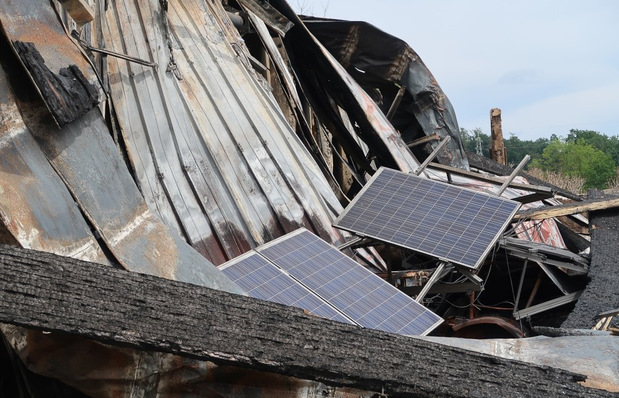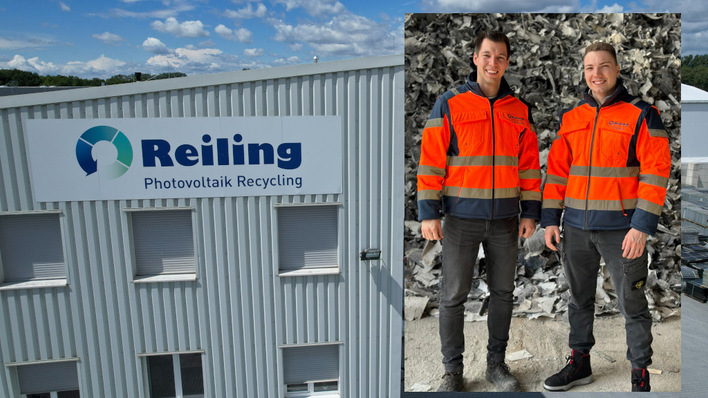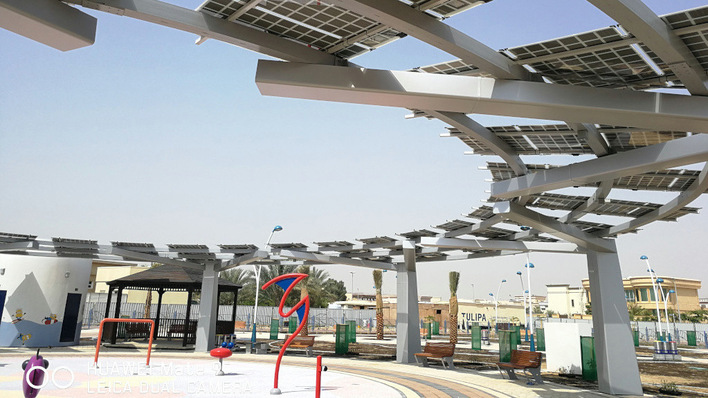The Maldives is a South Asian archipelago state situated in the Indian Ocean. This country consists of about 1,200 islands, with only 200 of them developed to date.
Geographically dispersed islands pose a challenge to the installation of large-scale solar power plants in the Maldives, hence the nation has depended on diesel generators for its daily power supply, which is less stable and cost-efficient when compared with renewable energies. As we all know, diesel-based power generation also results in more carbon emissions.
Mounting system with longer service life
The Clenergy team assessed various factors to ensure a longer service life and greater ROI for the stakeholders, ranging from the mounting structural strength, waterproof performance, corrosion resistance to the ease of installation on site.
Based on its unique geological and weather conditions, SolarRoof Penetrative mounting system and Razor Wings solar carport (ezShade series) by PV-ezRack were identified as the ideal solutions across these islands. Additionally, Clenergy’s R&D division integrated their newly released solar fencing solution SteelFarm (Shield Series) with the solar carport solution. This fencing solution delivers multiple benefits when it comes to PV installations in solar plants. Check out the details here.
Vulnerable to rising sea levels
The Clenergy logistics team also classified the materials based on the country’s standards, further facilitating the installation process, and laying a solid foundation for the final grid connection.
See also: Trina proves itself in long-distance energy transmission project
The Maldives is a low-lying island state that is more vulnerable to rising sea levels caused by climate change. This nation has also taken multiple targeted measures in response to the climate emergency.
Net-zero goal by 2030
In 2020, this country revealed its ambitious targets to reduce a quarter of its carbon emissions and achieve the net-zero goal by 2030. The World Bank also launched the Accelerating Renewable Energy Integration and Sustainable Energy (ARISE) initiative in 2020, one of whose objectives is to increase the generation capacity of renewable energies in the Maldives.
Also interesting: Connected microgrids for the Maldives
Daniel Hong, CEO at Clenergy, commented: “We are excited that we can drive this island state to accelerate its transition to renewable energies, which is stepping up its efforts to address the climate challenges. As one of the world’s leading solar solution providers, Clenergy remains committed to fulfilling our responsibilities on the road to sustainable future. We are proud that Clenergy is part of the solution for the Maldives to be one step closer to achieving its carbon-neutrality commitments.”
More stable, sustainable, and greener electricity
Currently, renewables account for less than 5% of the national energy mix in the Maldives, where there are great opportunities for developing renewable energy resources. With the deployment of more clean energy projects and with less reliance on the polluting and unreliable diesel power, the Maldives is expected to significantly reduce its carbon footprint by 2030. Local people will also enjoy more stable, sustainable, and greener electricity at a lower cost. (mfo)







